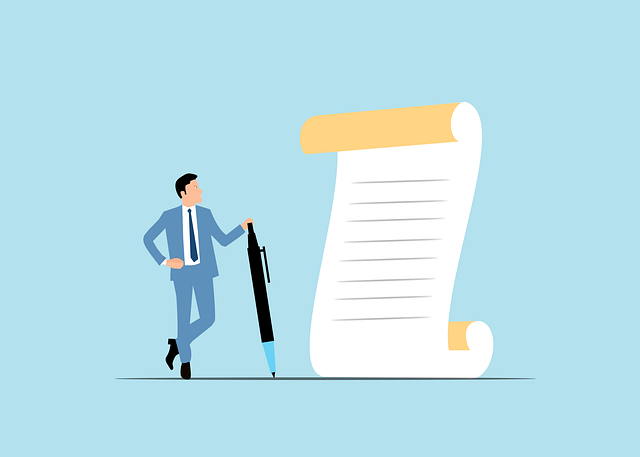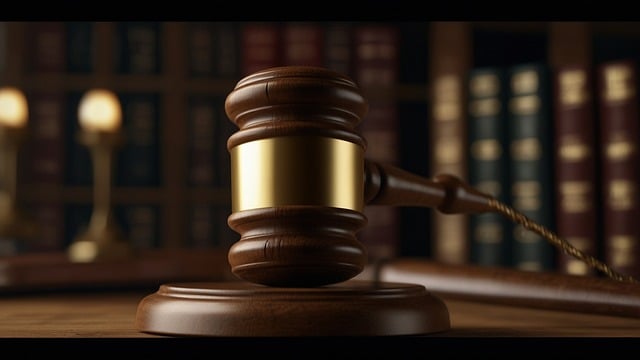In bicycle accident settlements, auto drivers are usually held liable for cyclist harm due to negligence under most legal systems. Local governments may also be responsible for poorly maintained roads or bike lanes. An auto accident lawyer guides clients through this complex process, helping secure compensation for injuries, medical bills, lost wages, and pain & suffering. Liability assessment, financial negotiation, and payment structures vary based on court determinations and settlement agreements, ensuring a fair distribution of payments tailored to each case's unique circumstances.
In a bicycle accident, determining who pays can be complex. This article unravels the intricacies of bicycle accident settlements, focusing on liability, compensation, and payment processes. Understanding who is responsible—whether the cyclist, vehicle driver, or both—is crucial for reaching fair agreements. We’ll explore how damages are assessed and who bears the financial burden during and after settlement negotiations. Get insights into navigating these cases, ensuring justice and adequate reimbursement for injuries sustained in bicycle accidents.
- Understanding Liability in Bicycle Accident Cases
- Determining Compensation and Settlement Costs
- Who Is Responsible for Payment During and After the Settlement Process?
Understanding Liability in Bicycle Accident Cases

In a bicycle accident settlement case, understanding liability is paramount. When it comes to determining who pays, the legal principles of negligence and responsibility play a pivotal role. In most jurisdictions, the driver of an automobile is considered liable if their actions or inactions cause harm to a bicyclist. This includes scenarios where the driver fails to yield, makes sudden turns without signaling, or strikes a cyclist while distracted.
An auto accident lawyer often navigates these complex issues, helping clients secure injury compensation for medical bills, lost wages, and pain and suffering. The liability assessment goes beyond just the driver; it can also involve other parties, such as local governments if the accident occurred on poorly maintained roads or bike lanes. Moreover, in rare cases where a breach of contract is involved—for instance, when a cyclist has an active insurance policy that covers such incidents—the settlement process may be influenced by the terms and conditions of that contract.
Determining Compensation and Settlement Costs

In a bicycle accident settlement case, determining compensation and settlement costs involves several factors. The first step is to assess the extent of injuries and damages incurred by the cyclist. This includes both physical injuries and any property damage to the bicycle. Medical bills, lost wages, and pain and suffering are common components of compensation in bicycle accident cases. The value of these losses is calculated based on medical reports, wage records, and expert opinions, ensuring a fair and just settlement.
Additionally, when dealing with wrongful death claims stemming from a bicycle accident, the settlement costs may include funeral expenses, loss of companionship, and other related damages. Accident compensation in such cases aims to provide financial support to the surviving family members affected by the loss. The process involves careful negotiation between the cyclist’s attorney and the insurance company or defendant, aiming to reach an agreement that adequately reflects the extent of harm caused and aligns with applicable laws and regulations regarding accident settlements.
Who Is Responsible for Payment During and After the Settlement Process?

In a bicycle accident settlement case, determining who pays is a complex process that involves assessing liability and understanding the financial responsibilities during and after the settlement. When it comes to payment, responsibility often falls on one or more parties involved in the incident, including drivers, cyclists, or even entities responsible for road maintenance. During the settlement process, an accident attorney will play a crucial role in negotiating with insurance companies to ensure their client receives fair compensation for medical expenses, property damage, and pain and suffering.
After a settlement is reached, payment structures can vary. In many cases, insurance companies cover the majority of the costs, especially if their insured party is deemed at fault. This may include direct payments to medical providers or victims for covered losses. If multiple parties are involved, contributing to the accident, they might share the financial burden based on their level of liability as determined by the court or settlement agreement. Effective legal representation ensures that all aspects of payment are fairly distributed and aligned with the specific circumstances of the bicycle accident settlement.
In conclusion, determining who pays in a bicycle accident settlement involves understanding liability, compensation, and the responsible parties. When it comes to bicycle accident settlements, the at-fault party or their insurance provider typically covers the costs. This includes medical expenses, property damage, and, if applicable, pain and suffering. It’s crucial for both parties involved to be aware of their rights and obligations during this process to ensure a fair and just bicycle accident settlement.






